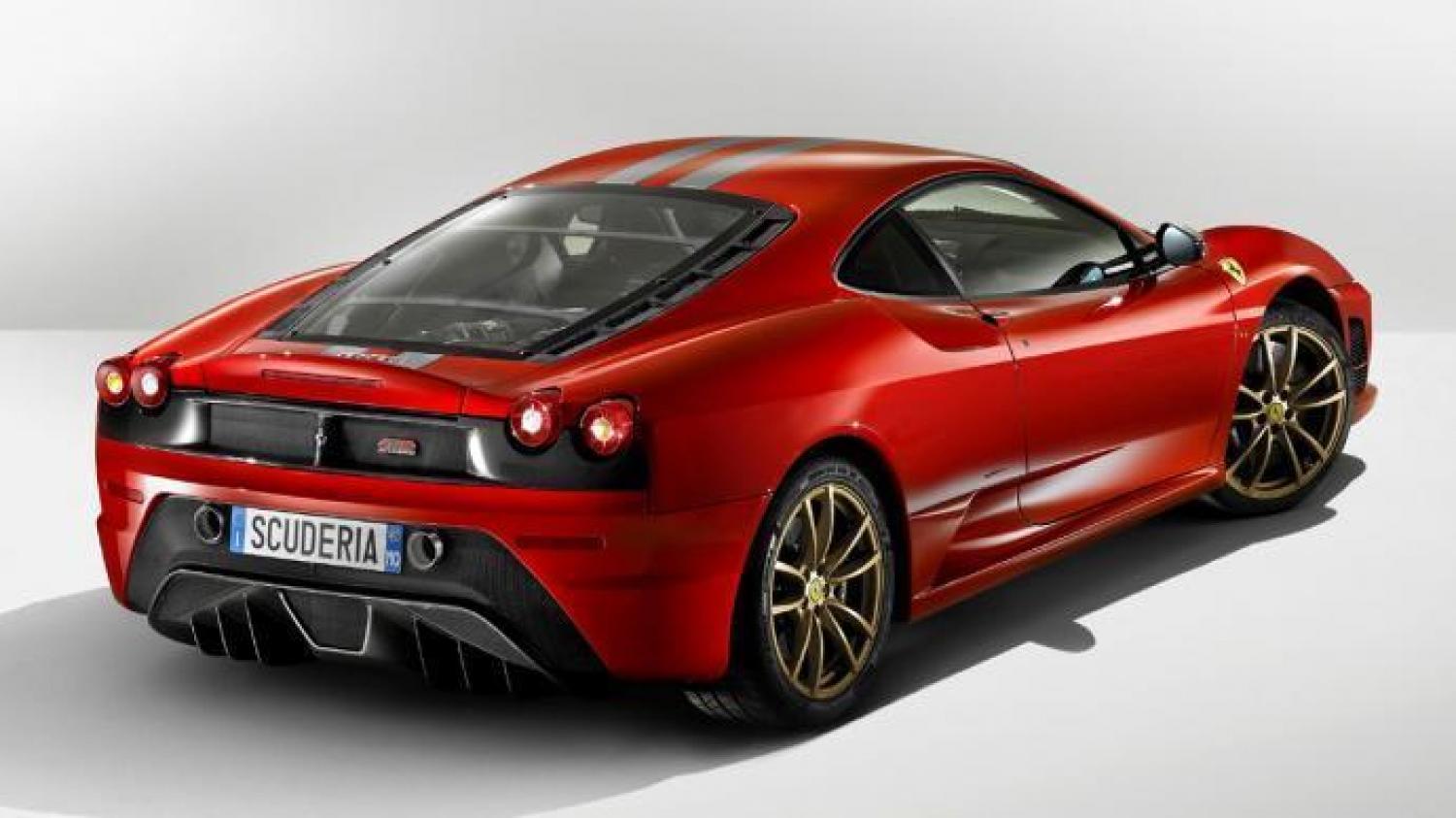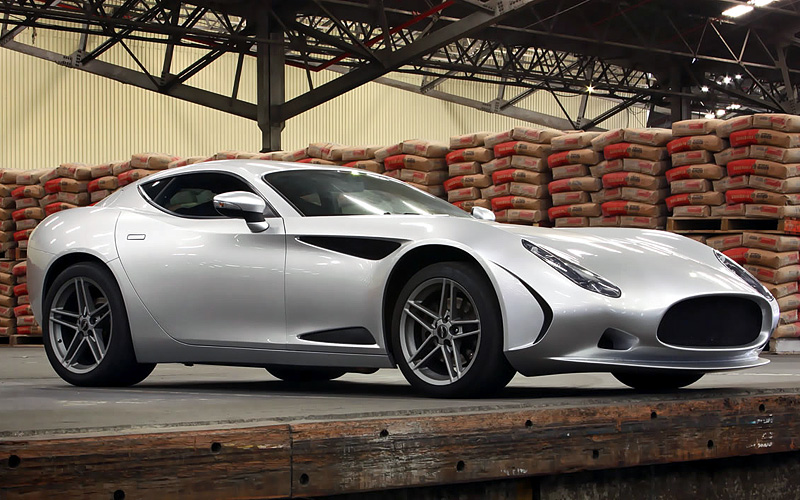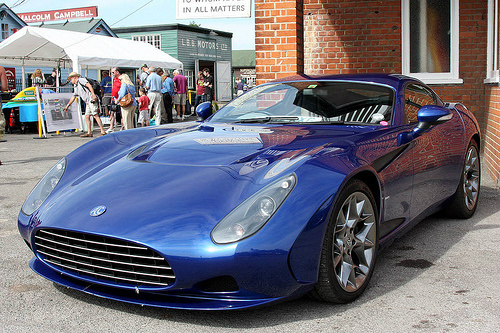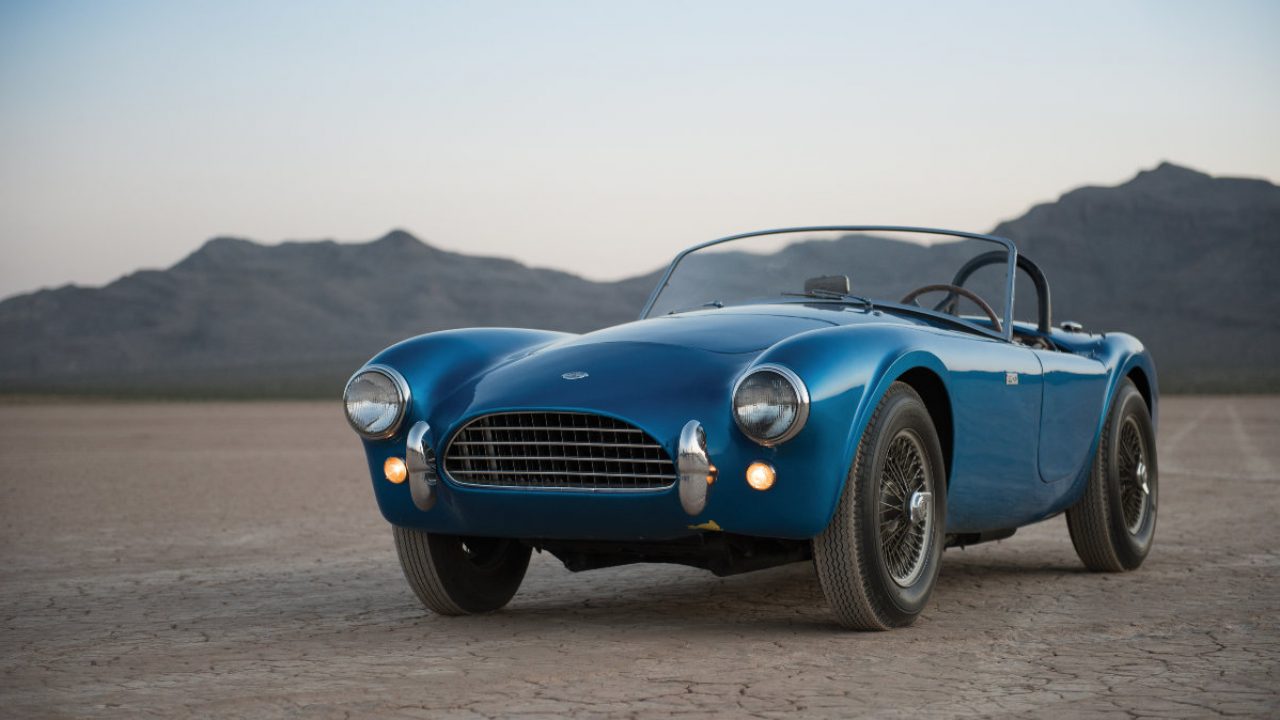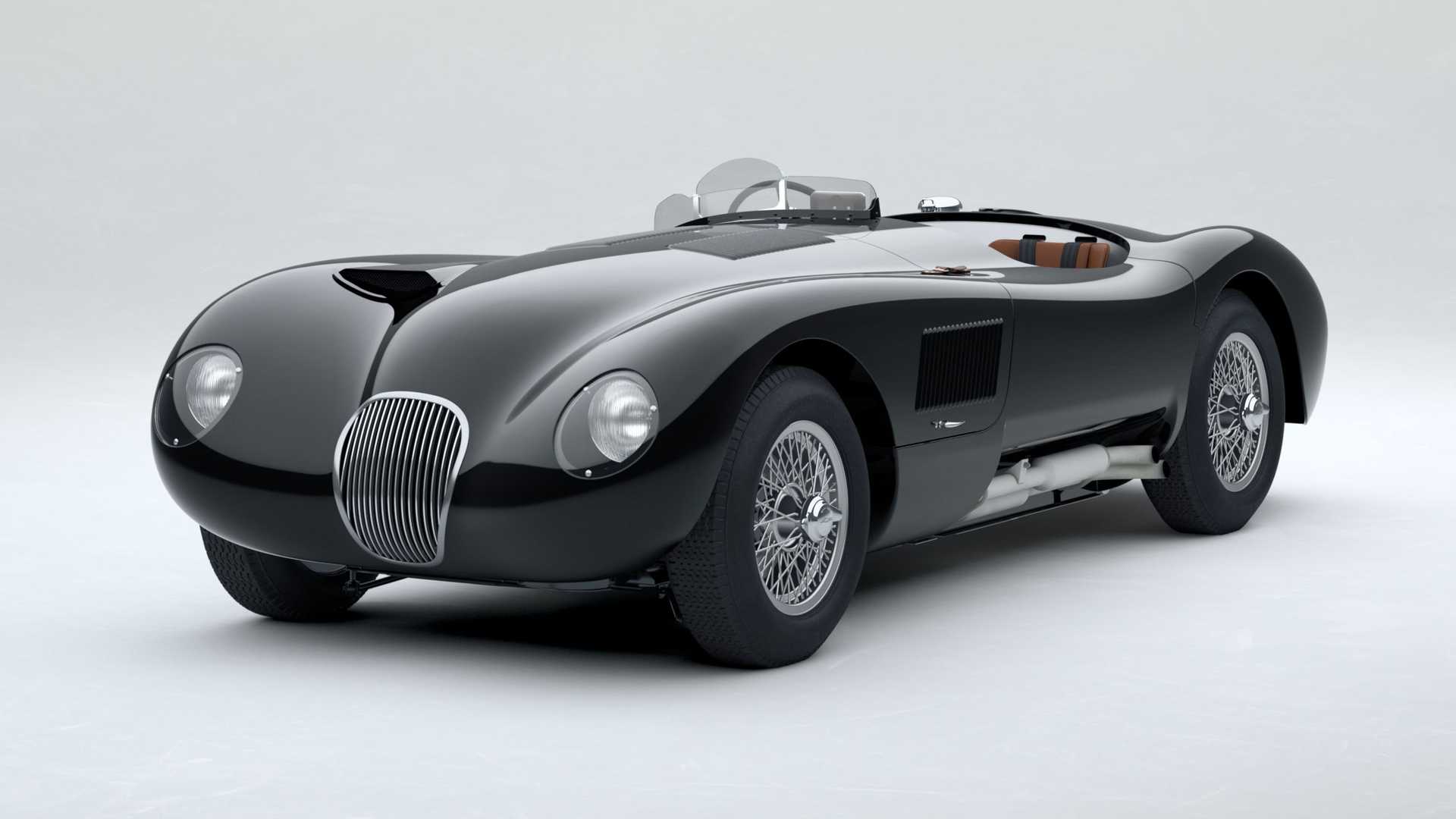
The Jaguar C-Type Sports Car
The Jaguar C-Type is an iconic sports car that has left an indelible mark on the automotive world. With its sleek design, outstanding performance, and remarkable racing success, the C-Type continues to captivate enthusiasts and collectors alike. In this article, we will delve into the fascinating history, design and engineering, performance, racing achievements, and lasting legacy of the Jaguar C-Type.
Introduction
The Jaguar C-Type was first introduced in 1951 as a successor to the XK120. It was designed specifically for racing, taking inspiration from the successful Jaguar XK120C that won the 24 Hours of Le Mans in 1951. The C-Type’s streamlined body, advanced engineering, and remarkable performance capabilities set it apart from its competitors.
Design and Engineering
The design of the Jaguar C-Type was a result of extensive wind tunnel testing and engineering innovation. Its aerodynamic bodywork featured a long, flowing bonnet, a sleek curved windshield, and a distinctive tail fin. The body panels were made of lightweight aluminum, reducing overall weight and enhancing performance. The C-Type also featured an innovative disc brake system, which was a novelty at the time and contributed to superior stopping power.
The C-Type’s suspension and handling were meticulously refined for optimal performance on both road and track. It employed an independent front suspension system and a live rear axle, offering a balance between comfort and precise handling. The car’s low center of gravity and well-tuned suspension allowed for exceptional cornering abilities, making it a joy to drive.
Performance
Under the hood, the Jaguar C-Type housed a powerful inline-six engine. The 3.4-liter engine was equipped with twin overhead camshafts, triple Weber carburetors, and a hemispherical cylinder head. This formidable powertrain generated an impressive output of 205 horsepower, propelling the C-Type to exhilarating speeds.
The Jaguar C-Type boasted remarkable performance figures for its time. It could achieve a top speed of around 150 miles per hour (240 kilometers per hour) and accelerate from 0 to 60 miles per hour (0 to 97 kilometers per hour) in just under eight seconds. These impressive numbers cemented the C-Type’s reputation as a true sports car capable of delivering exhilarating driving experiences.
Racing Success
The Jaguar C-Type’s racing success is a testament to its exceptional performance and engineering prowess. In its debut year at the 24 Hours of Le Mans in 1951, the C-Type emerged victorious, marking the beginning of a remarkable racing legacy for Jaguar. The C-Type went on to win the prestigious endurance race again in 1953, further solidifying its position as a force to be reckoned with.
Aside from its Le Mans victories, the C-Type achieved success in various other international races. It clinched victories at the Reims 12 Hours, the Goodwood Nine Hours, and the Tourist Trophy. The C-Type’s triumphs on the track showcased its dominance and established it as a symbol of Jaguar’s racing excellence.
Legacy and Collectibility
The Jaguar C-Type’s production was limited, with only 53 units manufactured between 1951 and 1953. This exclusivity, coupled with its racing pedigree, has contributed to its enduring collectibility and high market value. Owning a C-Type is a dream for many automotive enthusiasts and collectors who appreciate its beauty, performance, and historical significance.
Today, the Jaguar C-Type continues to be highly sought after by collectors around the world. Its timeless design, exceptional craftsmanship, and outstanding performance make it a prized possession. Restored and well-maintained examples of the C-Type fetch a premium price at auctions, attracting both seasoned collectors and passionate enthusiasts.
Conclusion
In conclusion, the Jaguar C-Type remains an icon of automotive excellence. Its striking design, advanced engineering, exhilarating performance, and illustrious racing achievements have solidified its place in history. The C-Type represents a golden era of automotive innovation and continues to inspire admiration and awe among enthusiasts and collectors.

